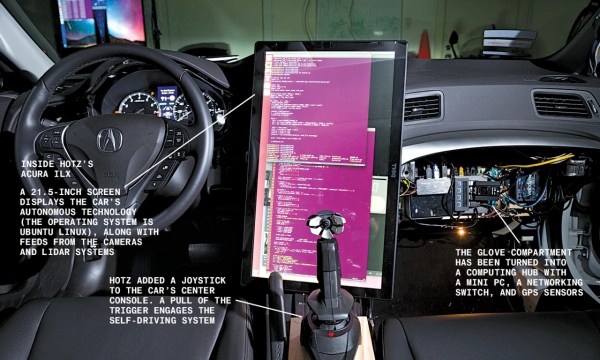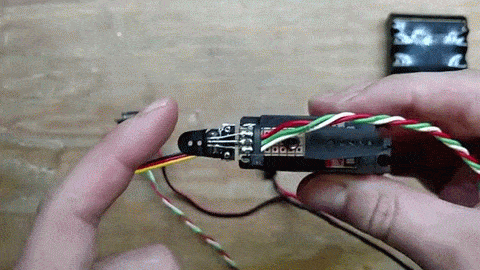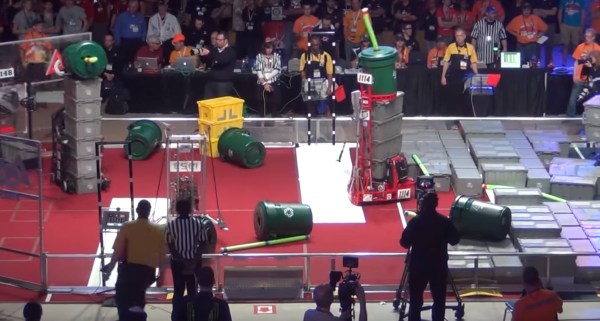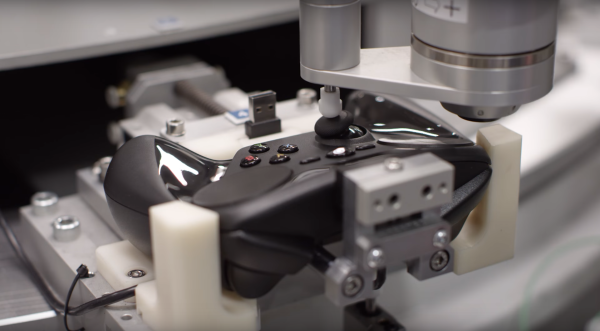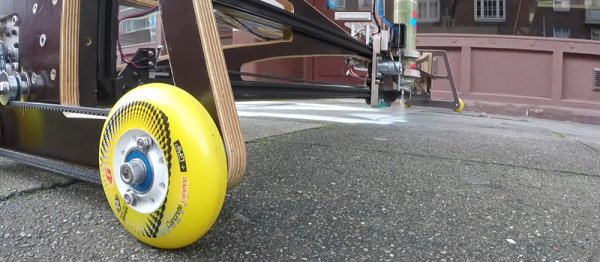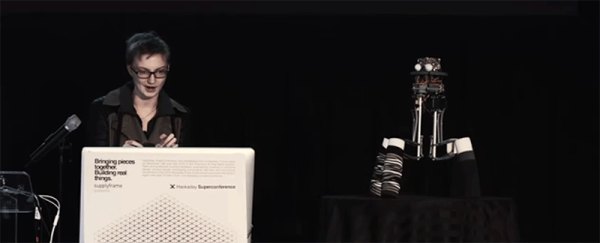[George Hotz], better known by his hacker moniker [GeoHot], was the first person to successfully hack the iPhone — now he’s trying his hand at building his very own self-driving vehicle.
The 26-year-old already has an impressive rap sheet, being the first to hack the PS3 when it came out, and to be sued because of it.
According to Bloomberg reporter [Ashlee Vance], [George] built this self driving vehicle in around a month — which, if true, is pretty damn incredible. It’s a 2016 Acura ILX with a lidar array on its roof, as well as a few cameras. The glove box has been ripped out to house the electronics, including a mini-PC, GPS sensors, and network switches. A large 21.5″ LCD screen sits in the dash, not unlike the standard Tesla affair.
Oh, and it runs Linux. Continue reading “Self-Driving Acura, Built In A Garage”

